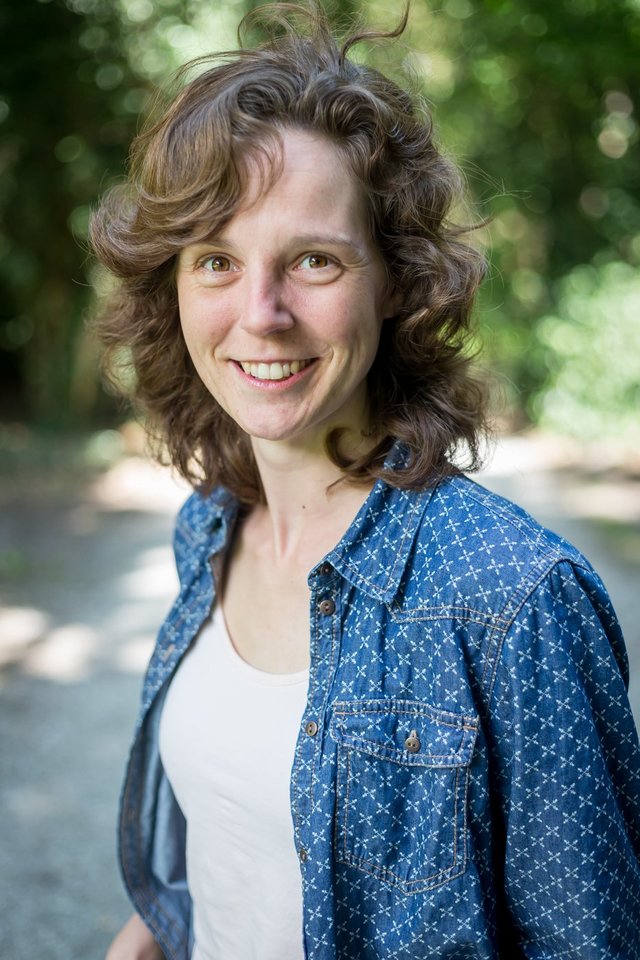Esther Bliek
Individuals advocating for pro-environmental in group settings
Group settings in this case: membership in sport associations / sport clubs
Literature gap
It is key to rapidly reduce greenhouse gas (GHG) emissions and change the course of human activities in order to secure ecosystem services in the future (IPBES, 2016). The role of individuals is not to be underestimated in achieving this (IPCC, 2022). As social beings, our networks, communities, peers and associations play an important part in what is considered to be ‘normal’. If a social practice or norm within a community or association is changed into a more pro-environmental one, this may in turn influences the attitudes and behaviors of their members. In 2021, being a member of a sports club applied to 34.9% of Dutch people (CBS, 2022). Little to no literature could be found about (sport) associations ‘turning green’, nor about the individuals that helped in steering the agenda of sport clubs, towards a more sustainable one.
This exploratory master thesis is aimed at uncovering what the helping elements are in achieving a more environmentally responsible sport association, so that other sport clubs can be inspired by this. Board members/directors of sport associations could take note and help create openings that enables pro-environmental initiators or change agents.
Preliminary research questions
Main question: How to increase the amount of sport club members that advocate for pro-environmental behaviour within their association?
To answer this question, four sub questions are formulated. Question 1 and 2 focus on the individual level, whereas question 3 focuses on the group level.
1. What characteristics help change agents in different sport clubs to advocate for pro-environmental behaviour within their association?
i. Looking at e.g. their role or position within the (hierarchical structure of the) association, length of membership, …
2. What motivates change agents in different sport clubs to advocate for pro-environmental behaviour within their association?
i. Looking at e.g. their level of eco-awareness; did they follow a KlimaatGesprekken series or did they study the materials of Think Big Act Now? Why did they initiate or what was it that put them into action?
3. Does pro-environmental advocacy have the potential to change social norms within a sports club?
i. Looking at the effects that internal advocates have on the association, e.g. to what extent does an association present itself as being pro-environmental/‘green’, does the level of outdoor-ness of the sport play a role?
ii. Looking at the order of events; e.g. was there first an internal pro-environmental advocate, or was there first an external call for addressing sustainability, for example by an umbrella-organisation or the presence of a (municipal) call for action or subsidy?
Methods (Explorative and qualitative)
Mini-survey directed at contacts of KlimaatGesprekken and/or Think Big Act Now, to identify possible interviewees. “Are you a member of a sports club in which sustainability has (recently) become a topic?” “What is the name or webpage of your sports club?” “If you were (one of) the initiator(s) of this ‘green wave’, would you be interested in participating in an interview?”
Mini-survey directly directed at board members of sport clubs, to identify possible
interviewees. E.g. “Is sustainability a topic within your association?” “Since when?” “Was/were there (an) initiator(s) in this?” “Could you bring me in contact?”
Semi-structured interviews with the initiators. Sample size will preferably be 15 people from different types of sports association. Hence data saturation does not occur, sampling can continue up until a maximum of 30 interviewees. Coding and analysing using Atlas.ti software.
Supervisors: Gerdien de Vries, Udo Pesch and Katharina Biely
